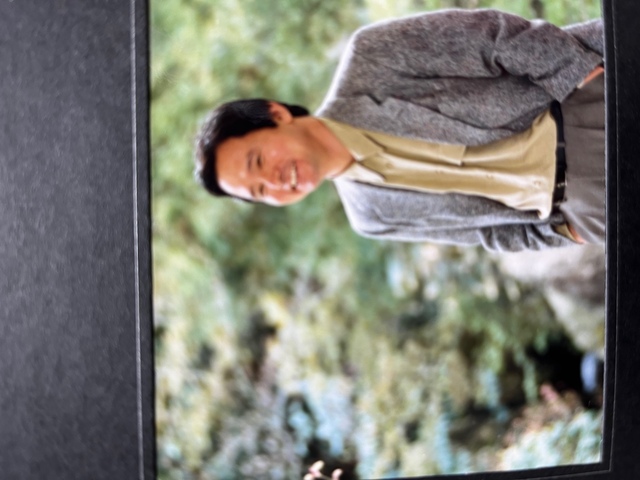The fact that the Asahi Shimbun put the land up for exchange trading is almost like a fraudulent act.
November 29, 2017
The following is a continuation of the previous chapter
The Asahi Shimbun's "head office site" in Tsukiji was formerly state-owned land that Asahi received in an exchange transaction with the Ministry of Finance in January 1973 (Showa 48).
The land Asahi offered in exchange to the Ministry of Finance was the "Asahi Hamadayama Ground Land" in Suginami Ward, which the Asahi Shimbun owned.
The locals in Suginami Ward called it the "Asahi Farm," besides the ruins, it was just a piece of land with a sports ground in the woods.
On the other hand, the former national land in Tsukiji was originally the site of the Japan Coast Guard Hydrographic and Oceanographic Department.
It has a vast area of 14,680 square meters and is one of the most prestigious locations in the city center.
Based on the area's land value, the current market value is estimated to be around 30 billion yen.
The land of the Asahi Farm ground has undergone a significant transformation through an exchange transaction.
The exchange transaction is thought to have been agreed upon by the Ministry of Finance, which received instructions from Prime Minister Kakuei Tanaka after talks between Prime Minister Tanaka and Asahi Shimbun.
President Tomoo Hirooka agreed.
However, Hirooka was just a "salaryman president".
It is natural to imagine that Murayama and Ueno, the owners of the Asahi Shimbun, were involved behind the scenes.
Asahi is a privately owned company, and the details of the negotiations have not been disclosed.
The Ministry of Finance agreed to the "exchange deal" as part of a plan to build "official housing" on the Hamadayama grounds.
However, excavations were carried out from 1932 to 1943, and the Tsukayama Site, a historic site from the middle Jomon period, was discovered on the land.
If the Ministry of Finance had known this, it would have been obliged to protect it as a cultural asset, and it would have been "unsuitable" as a site for government housing.
Building construction would have been impossible.
The fact that the Asahi Shimbun put the land up for exchange and trade was almost fraudulent.
It was a property with almost no marketability, and its only use value was as a sports ground or park.
This article continues.

2024/12/8 in Kyoto





















